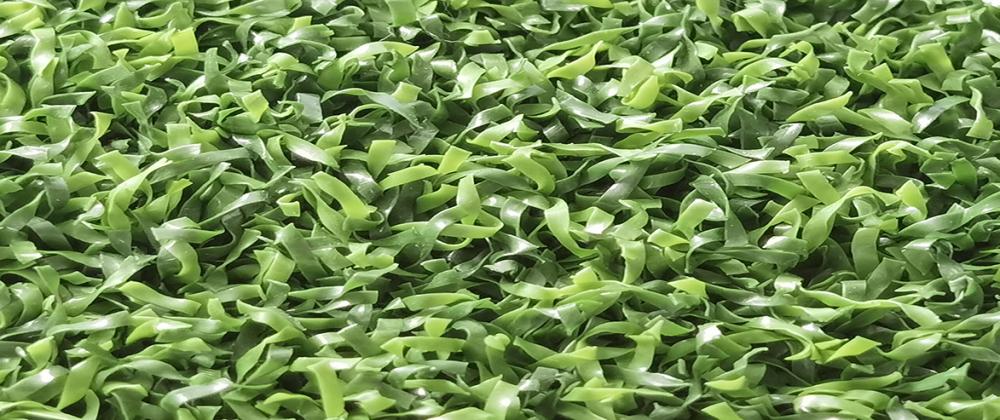After listening to the question, the author did not understand the answer. However, after many discussions and trials with customers, we found a calculation method that was fairly accurate and is now discussed with other industry peers.
First of all, we need to know what important factors affect ink usage. Basically, ink usage will be affected by the following factors:
The minimum amount of ink on the printing press
When the ink is put into the printer, not all of the ink will be transferred to the paper. "The ink will go through many different rollers, and it will be dispersed and transferred, and finally printed on the paper. So, some of them are not used for printing." And it is lost on the printing press, covering the drum, and the ink fountain must also reserve a certain amount of ink to stabilize the ink supply, so the ink on the drum and the ink fountain should be calculated within the usage amount. This amount can be understood as the printing machine's At least the amount of ink, especially for different brands and models of presses, the minimum amount of ink will be different.Of course, the more the number of printing, the minimum amount of ink on the press will become irrelevant.
Printing area
The spot color area of ​​the print is proportional to the amount of ink. The larger the spot color area, the more ink is used. Therefore, the area of ​​printed spot color will be used to calculate the amount of ink. If the pattern of the printing area is relatively regular, it is of course easy to calculate the area using different mathematical formulae of the mathematics. Otherwise, the following method can be used to calculate:
1) First copy the pattern on copy paper;
2) Then cut out the pattern from copy paper;
3) Put the cut out pattern on the scale to calculate the weight;
4) Cut the blank copy paper into 10cmx10cm squares;
5) Put 10cmx10cm (100cm2) squares on the scale to calculate the weight;
6) The pattern area can be calculated by the following formula:
Pattern area cm2=(100x pattern weight)/square weight
Print volume
The number of prints is most directly related to the amount of ink used. The greater the number of prints, the greater the amount of ink used.
Ink loss rate
In the general printing process, some of the ink will be lost on the roller, and some will be lost when the head is used for test printing. In addition, because the ink stirrer rate can also be used as an error to adjust the ink amount calculation, the operator can also decide whether to evaluate it.
Printing ink thickness
The thickness of the printed spot ink does not directly represent the printing density, so it cannot be calculated using a Densitometer. Since the thickness of the ink is relatively thin, it can be calculated by means of an ink qualitative analyzer or an ink-dispensing machine using an indirect method when the thickness cannot be measured with a density meter or a ruler. Using these devices to calculate the thickness of spot color inks, I will discuss with readers in the future.
The thicker the spot color ink, the more ink will be used. Therefore, the printing thickness of the ink must be determined before printing in order to calculate the amount of ink. I also advise the readers here that you should not reduce the thickness of the ink in order to save the amount of ink, because some colors must be printed at a certain thickness, and if the ink is too thick, there will be other printing problems.
Specific gravity
The proportion of ink is the weight of ink per cubic centimeter. This parameter

Texturized artificial grass for instance, our playground and landscape thatch fibers utilize an all-virgin homopolymer polypropylene material and inline texturing process that reduces flattening, enhances safety and improves the overall appearance of the grass.
Our company is a professional artificial turf manufacturer, specialized in research, production, sales, design and installation
Texturized Yarn,Multi Textured Yarn,Textured Filament Yarn,Textured Yarn Types
JIANGSU WMGRASS CO., LTD. , https://www.wmgrasslawns.com